Home>Garden Essentials>What Does Rose Of Sharon Seeds Look Like
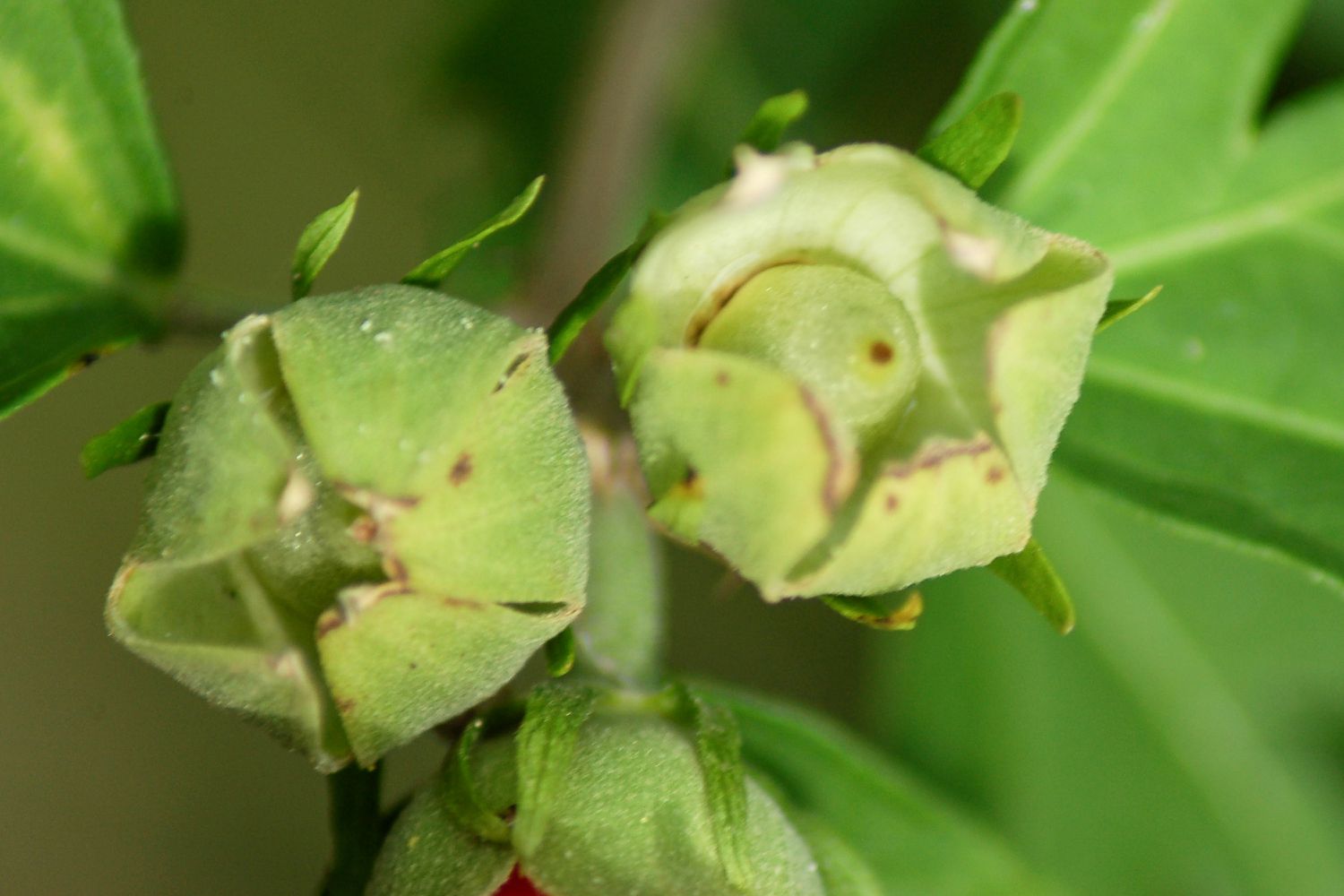

Garden Essentials
What Does Rose Of Sharon Seeds Look Like
Modified: August 17, 2024
Looking to add some beautiful flowers to your garden? Discover what Rose of Sharon seeds look like and how they can enhance your outdoor space.
(Many of the links in this article redirect to a specific reviewed product. Your purchase of these products through affiliate links helps to generate commission for Storables.com, at no extra cost. Learn more)
Introduction
Gardening enthusiasts are often fascinated by the myriad of plants and flowers that can be grown in their outdoor spaces. One such plant that captures the attention of many is the Rose of Sharon. Known for its vibrant blooms and elegant stature, the Rose of Sharon is a popular addition to gardens around the world.
But have you ever wondered what the Rose of Sharon seeds look like? In this article, we will delve into the characteristics, color, shape, size, and texture of Rose of Sharon seeds. Understanding these details can not only satisfy your curiosity but also provide useful insights for growing these beautiful plants from seed.
So, let’s dive into the fascinating world of Rose of Sharon seeds and discover their unique features!
Key Takeaways:
- Rose of Sharon seeds are small, dark brown or black, and have a smooth, polished texture. They are designed for survival, with a protective coating and the ability to travel far and wide for growth.
- When given the right conditions, Rose of Sharon seeds can sprout into vibrant plants with beautiful blooms. Their small size doesn’t limit their potential for growth and beauty in your garden.
Read more: How To Plant Rose Of Sharon Seeds
Characteristics of Rose of Sharon Seeds
Rose of Sharon seeds possess several distinctive characteristics that make them easily recognizable. These seeds are typically dark brown or black in color, which helps them blend well with the surrounding soil. The seeds have a hard outer shell that protects the embryo inside.
When you examine Rose of Sharon seeds closely, you’ll notice that they have a somewhat oval or teardrop shape. This shape allows them to be easily dispersed by wind, water, or animals, ensuring their potential for widespread growth.
Another notable characteristic of Rose of Sharon seeds is their lightweight nature. This feature enables them to be carried by even the gentlest breeze, allowing them to travel far and wide before settling on the ground.
One interesting aspect of Rose of Sharon seeds is that they have a dormant period. They remain inactive until the conditions are favorable for germination. This dormancy ensures that the seeds are not wasted and have a better chance of survival.
Furthermore, Rose of Sharon seeds have a protective coating that resists damage from harsh environmental conditions. This coating shields the seeds from extreme temperatures, moisture, and pathogens, enabling them to remain viable until conditions are suitable for growth.
Overall, the characteristics of Rose of Sharon seeds provide them with the necessary tools for survival and successful germination.
Color and Shape of Rose of Sharon Seeds
The color and shape of Rose of Sharon seeds add to their allure and make them a fascinating subject of study for gardening enthusiasts. The seeds of Rose of Sharon are typically dark brown or black, giving them a sense of depth and richness.
The shape of Rose of Sharon seeds is often described as oval or teardrop-shaped. The seed has a rounded base that gradually tapers to a point at the top. This shape allows the seeds to be easily dispersed by wind, water, or animals, ensuring their wide distribution.
When holding a Rose of Sharon seed in your hand, you’ll notice the smooth and polished surface. The seed’s outer layer is hard and sturdy, providing protection for the delicate embryo inside. This protective layer helps the seed withstand the rigors of its environment and ensures survival until conditions are favorable for germination.
While the color and shape of Rose of Sharon seeds may seem inconspicuous at first glance, they play a crucial role in the plant’s reproduction and dispersal. The dark brown or black color blends well with the surrounding soil, camouflaging the seed and increasing the chances of successful germination.
The shape of the seed allows it to travel effortlessly through the air or water, increasing its chances of reaching new locations for growth. The oval or teardrop shape facilitates aerodynamic movement, ensuring that the seeds are carried away from the parent plant to establish themselves in new areas.
In summary, the dark color and distinctive shape of Rose of Sharon seeds contribute to their successful dispersal and subsequent growth, making them a captivating feature of this beautiful flowering plant.
Size of Rose of Sharon Seeds
The size of Rose of Sharon seeds can vary slightly depending on different factors such as the variety of the plant and growing conditions. On average, Rose of Sharon seeds are relatively small, measuring about 5-8 millimeters in length.
When compared to other flower seeds, Rose of Sharon seeds fall on the smaller side of the spectrum. However, their compact size does not diminish their viability or potential for successful germination and growth.
Despite their small size, Rose of Sharon seeds pack a lot of potential within them. Each seed contains the genetic information and necessary nutrients to sprout into a mature and vibrant Rose of Sharon plant.
The compact size of Rose of Sharon seeds plays an important role in their dispersal. Their small and lightweight nature allows them to be easily carried by the wind, water, or animals. This enables the seeds to travel long distances, finding new areas to colonize and propagate.
While the size of the seeds might vary slightly, it’s important to note that the potential for growth and beauty they hold remains the same. With the right conditions and care, these tiny seeds can give rise to stunning Rose of Sharon plants that will grace your garden with their colorful blooms.
Rose of Sharon seeds are small and dark brown, resembling tiny pebbles. When collecting seeds, look for dried seed pods on the plant and gently shake them to release the seeds. Store seeds in a cool, dry place until ready to plant.
Texture of Rose of Sharon Seeds
The texture of Rose of Sharon seeds is an intriguing aspect that adds to the overall charm of these tiny capsules of life. When you run your fingers over the surface of a Rose of Sharon seed, you will notice a smooth and glossy texture.
The outer layer of the seed, known as the seed coat, is firm and rigid. It protects the delicate embryo inside from potential harm and provides a barrier against external elements, such as moisture and pathogens. This protective coating contributes to the seed’s longevity and viability, allowing it to withstand adverse conditions until the right environment for germination is present.
As you touch and feel the surface of a Rose of Sharon seed, you may even detect a slight sheen or polish. This glossy texture is a result of the seed’s natural protective mechanism, helping to prevent moisture loss and maintain its integrity.
Despite its smooth texture, Rose of Sharon seeds are not inherently sticky or adhesive. This means that they do not cling to surfaces or other objects while in their dormant state. Instead, they rely on external forces such as wind, water, or animals to disperse them to new locations for germination.
The smooth and polished texture of Rose of Sharon seeds is a testament to their resilience and adaptive nature. It ensures their protection and longevity, allowing them to endure until the conditions are suitable for growth.
So, the next time you hold a Rose of Sharon seed in your hand, take a moment to appreciate its smooth and glossy texture, knowing that within this seemingly unassuming seed lies the potential for a beautiful and thriving plant.
Read more: What Does Calendula Seeds Look Like
Germination and Growth of Rose of Sharon Seeds
The process of germination is a crucial stage in the life cycle of Rose of Sharon seeds. With the right conditions and care, these seeds have the potential to sprout and grow into magnificent Rose of Sharon plants.
Germination typically begins when the dormant Rose of Sharon seeds are exposed to favorable environmental conditions. These conditions include adequate moisture, proper temperature, and sufficient sunlight. When these factors align, the seed coat softens, allowing the internal embryo to absorb water and essential nutrients from the soil.
Once the seed has absorbed enough water, the embryo inside begins to swell and grow. A tiny root, known as the radicle, emerges from the seed and anchors itself into the soil. This root serves as the foundation for the plant’s future growth, absorbing water and nutrients from the ground.
As the radicle establishes itself, the Rose of Sharon seedling begins to develop its first set of leaves, known as cotyledons. These initial leaves provide nourishment to the young plant until it can produce its own energy through photosynthesis.
Over time, the Rose of Sharon seedling continues to grow, producing additional leaves and developing a sturdy stem. With proper care and favorable growing conditions, the plant will eventually mature into a full-sized Rose of Sharon shrub or tree.
It’s important to note that the germination and growth of Rose of Sharon seeds may vary depending on several factors, including the specific variety of the plant and the environmental conditions in which they are cultivated. Some seeds may germinate and grow quickly, while others may require more time and patience.
To promote successful germination and growth, it is recommended to sow Rose of Sharon seeds in well-draining soil, provide regular watering, and ensure they receive adequate sunlight. Additionally, keeping the surrounding area free from weeds and providing occasional fertilization can support the healthy development of the growing plants.
With proper care and attention, your Rose of Sharon seeds can transform into stunning plants, bearing beautiful blooms that will bring joy and beauty to your garden.
Conclusion
The world of Rose of Sharon seeds is a captivating one, filled with unique characteristics and fascinating traits. From their dark brown or black color to their oval or teardrop shape, these seeds possess a distinct beauty that adds to the allure of the Rose of Sharon plant.
Though small in size, Rose of Sharon seeds pack tremendous potential for growth and beauty. Their smooth and polished texture protects the delicate embryo inside and ensures their viability until ideal conditions for germination are met.
The germination process of Rose of Sharon seeds marks the beginning of a remarkable journey. With proper care and favorable conditions, these seeds develop into robust seedlings, growing into magnificent Rose of Sharon shrubs or trees. Their vibrant blooms and elegant presence can transform any garden into a vibrant and inviting space.
As gardening enthusiasts, understanding the characteristics, color, shape, size, texture, and growth of Rose of Sharon seeds allows us to appreciate and cultivate these plants to their fullest potential. By providing the necessary care and creating an ideal environment, we can witness the magic of these seeds transforming into extraordinary plants.
So, the next time you come across Rose of Sharon seeds, take a moment to marvel at their unique features. Whether you are starting them from seed or observing them in your garden, let the beauty and resilience of these seeds inspire you to nurture the growth of the magnificent Rose of Sharon.
Embrace the wonder of Rose of Sharon seeds, and let them bring life and beauty to your outdoor space.
Frequently Asked Questions about What Does Rose Of Sharon Seeds Look Like
Was this page helpful?
At Storables.com, we guarantee accurate and reliable information. Our content, validated by Expert Board Contributors, is crafted following stringent Editorial Policies. We're committed to providing you with well-researched, expert-backed insights for all your informational needs.
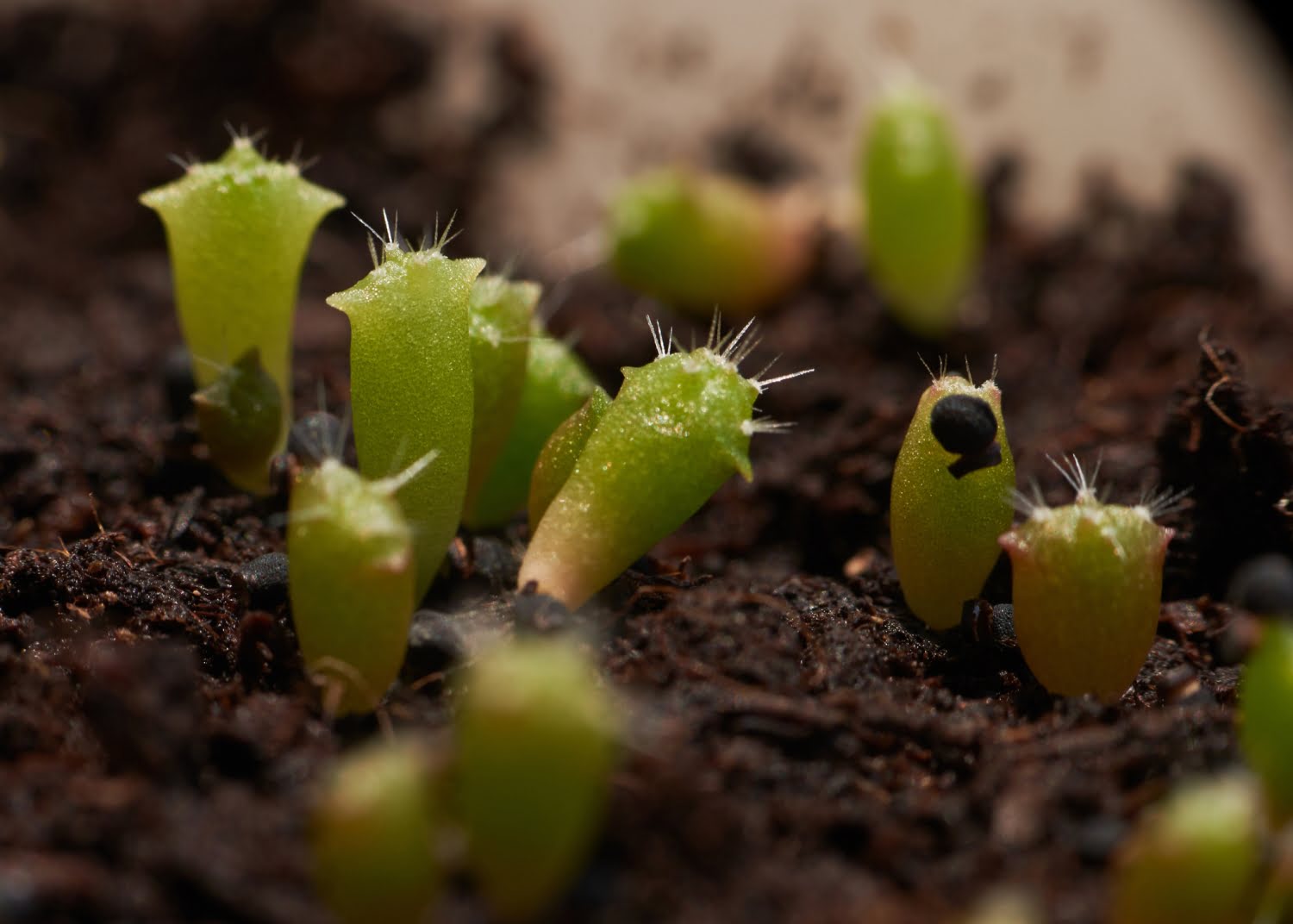
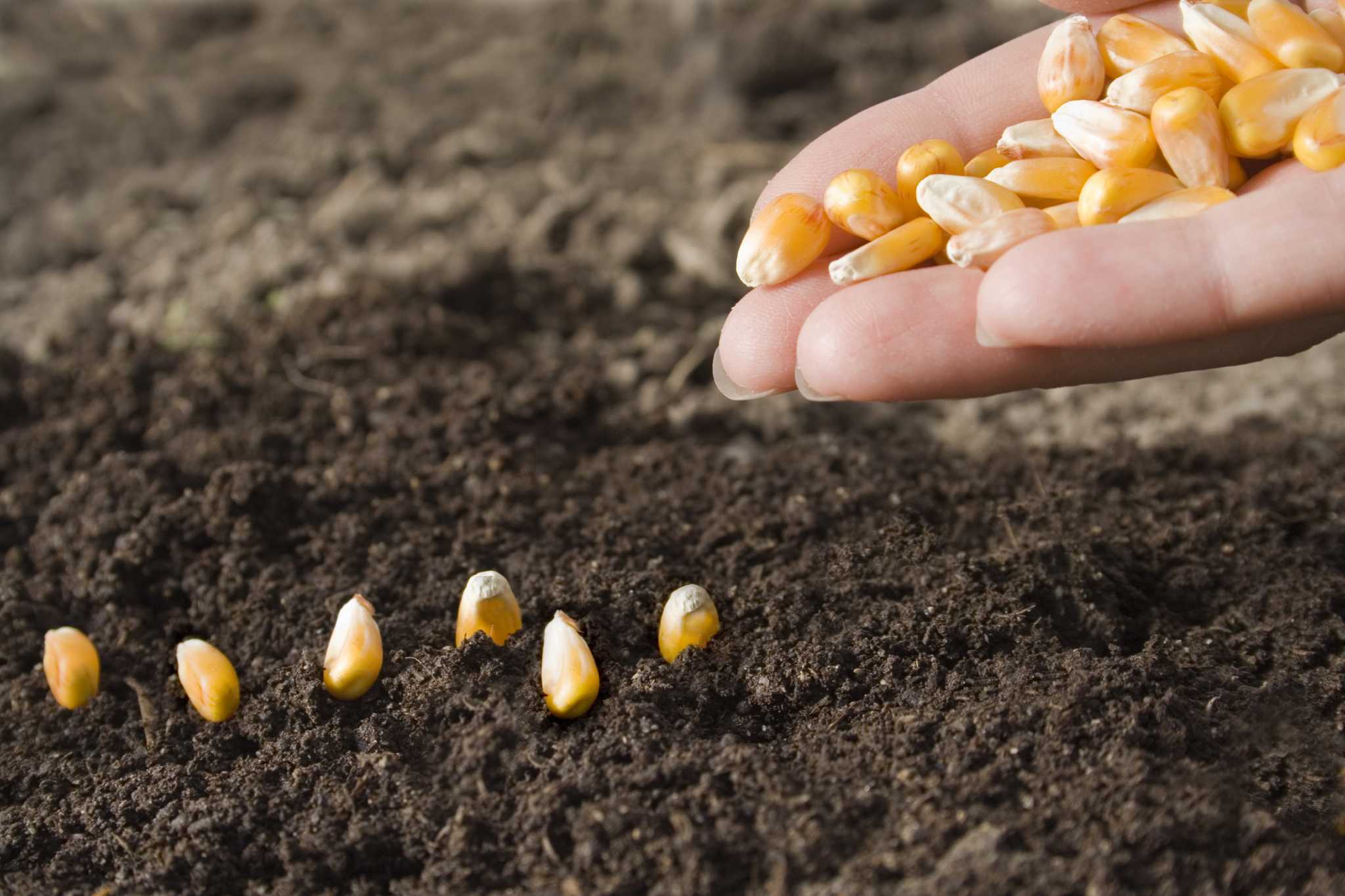
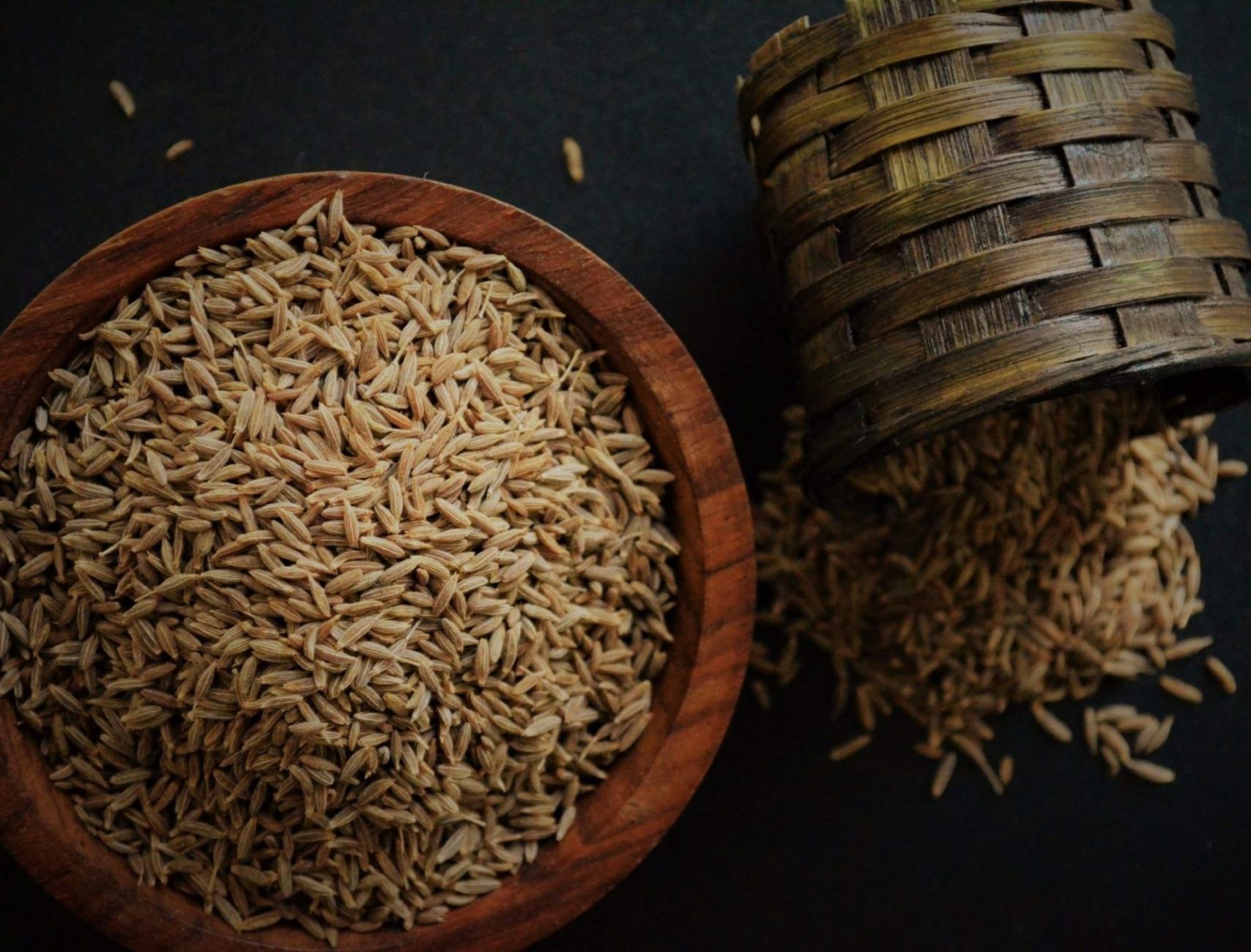
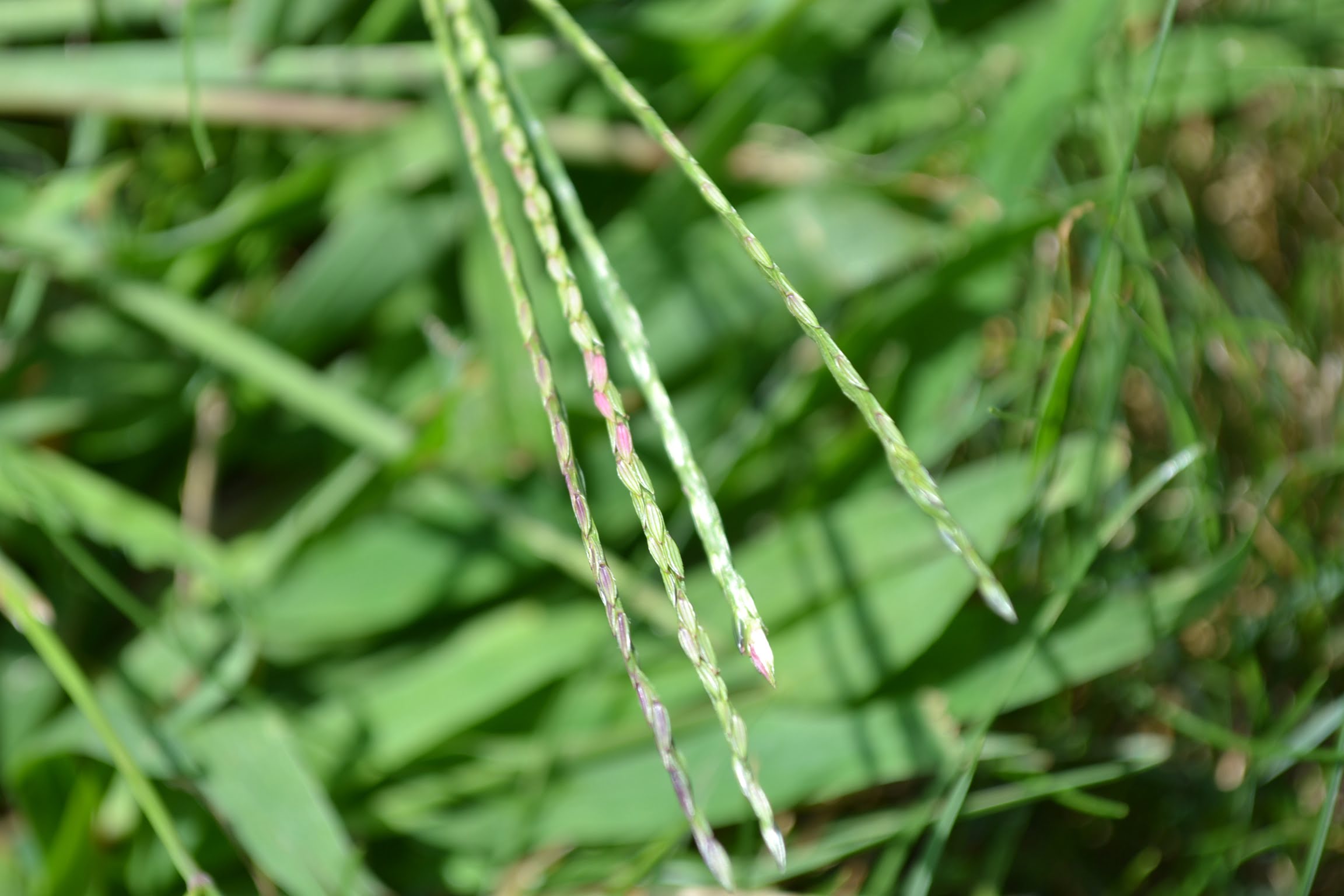
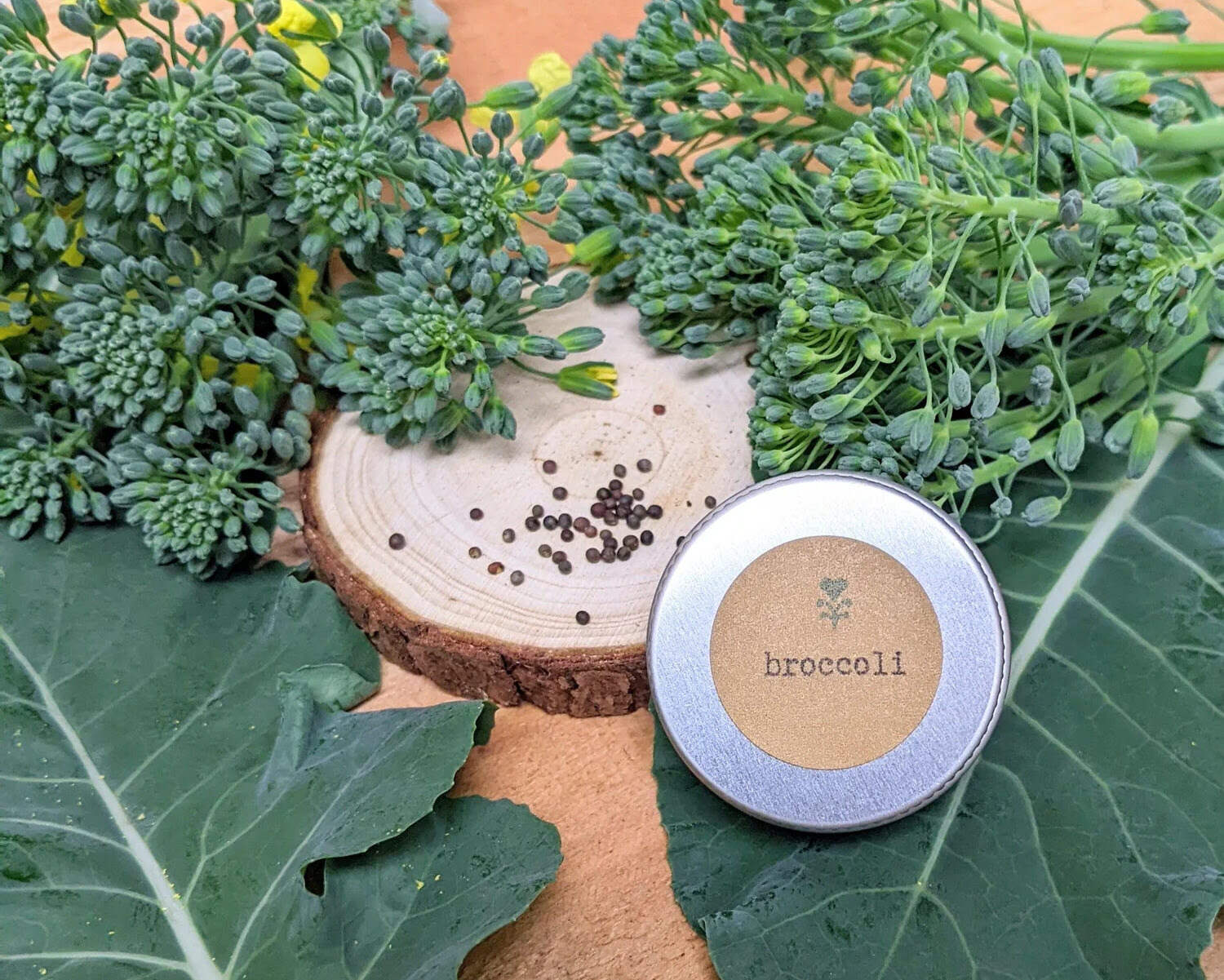
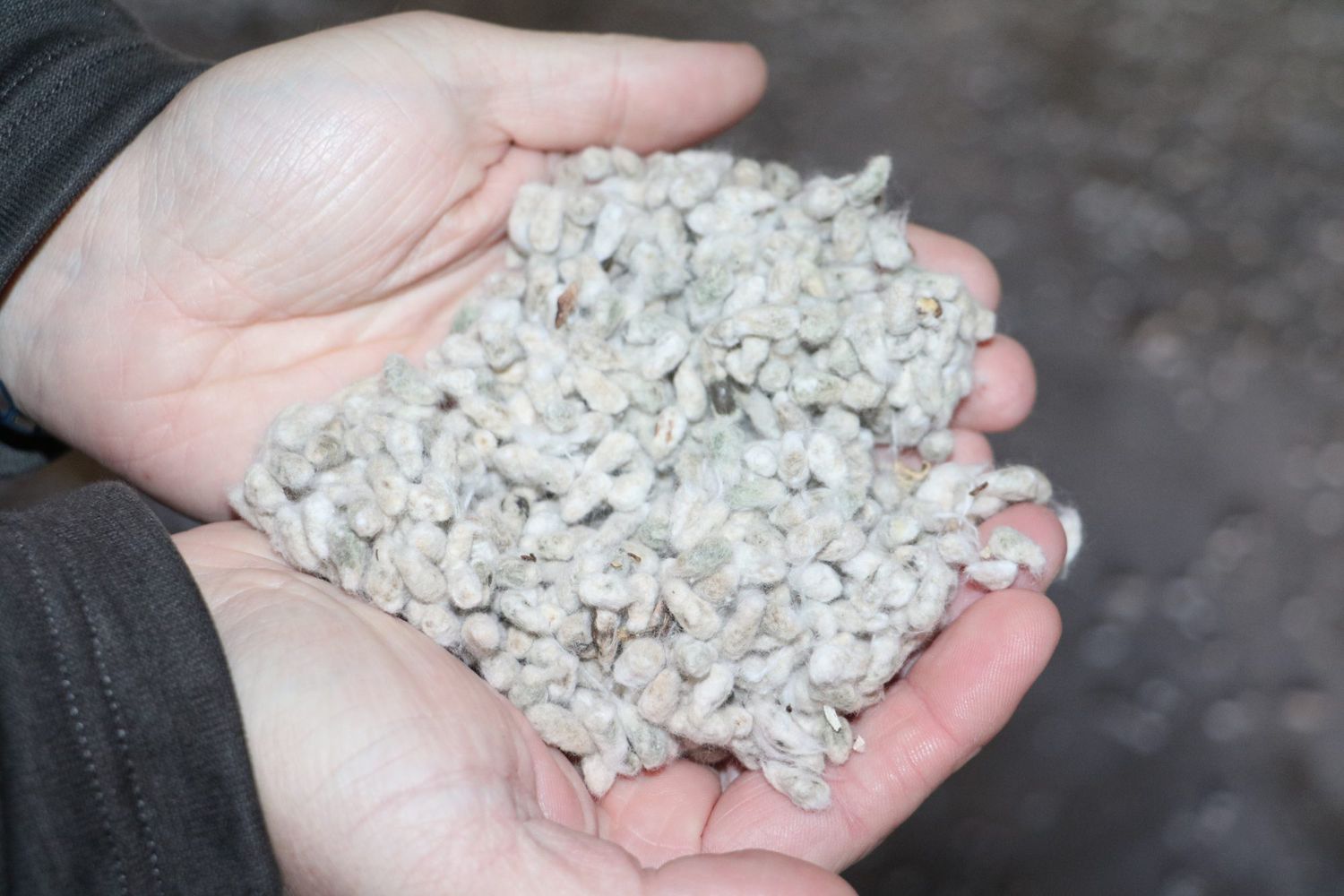
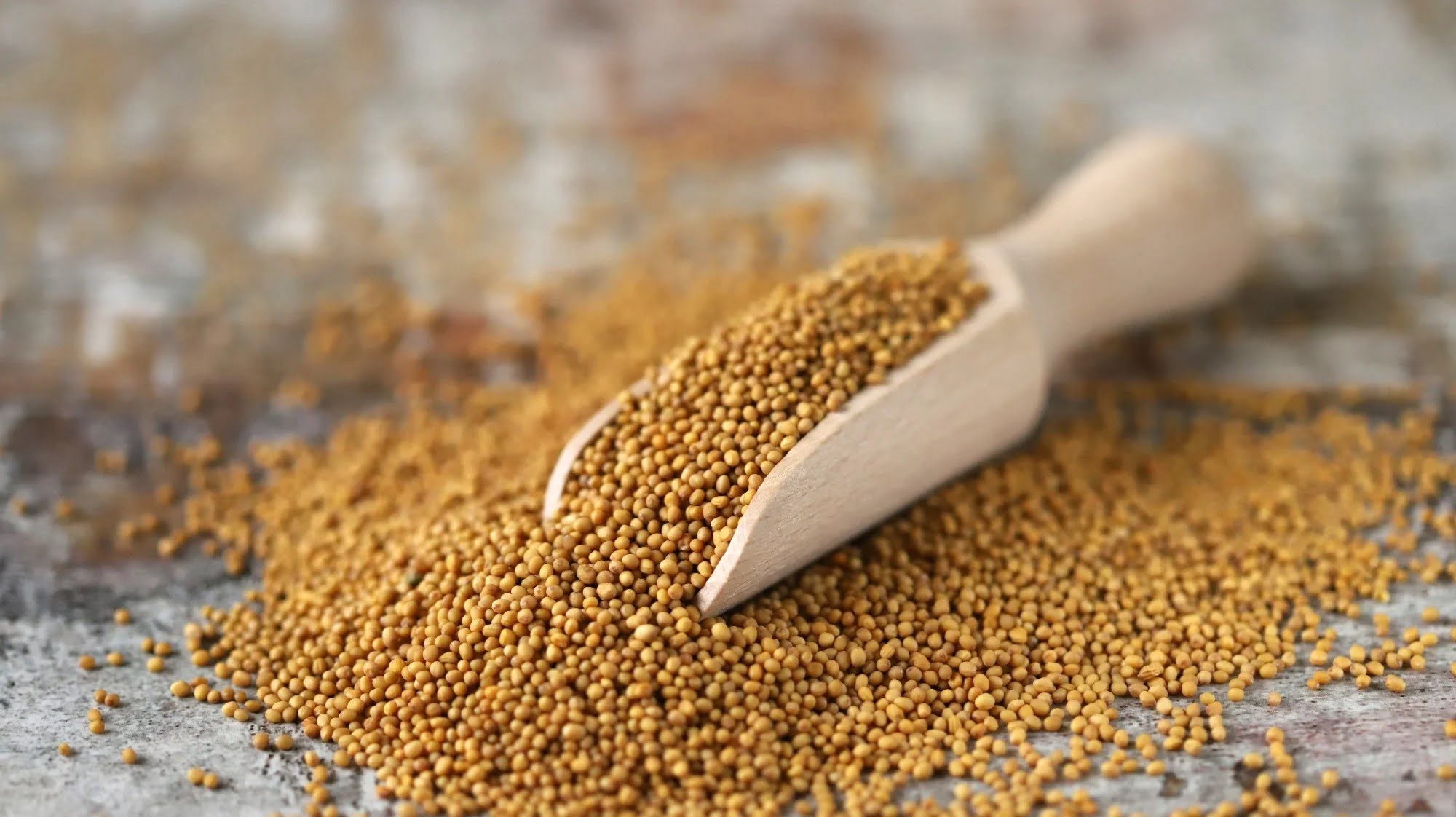
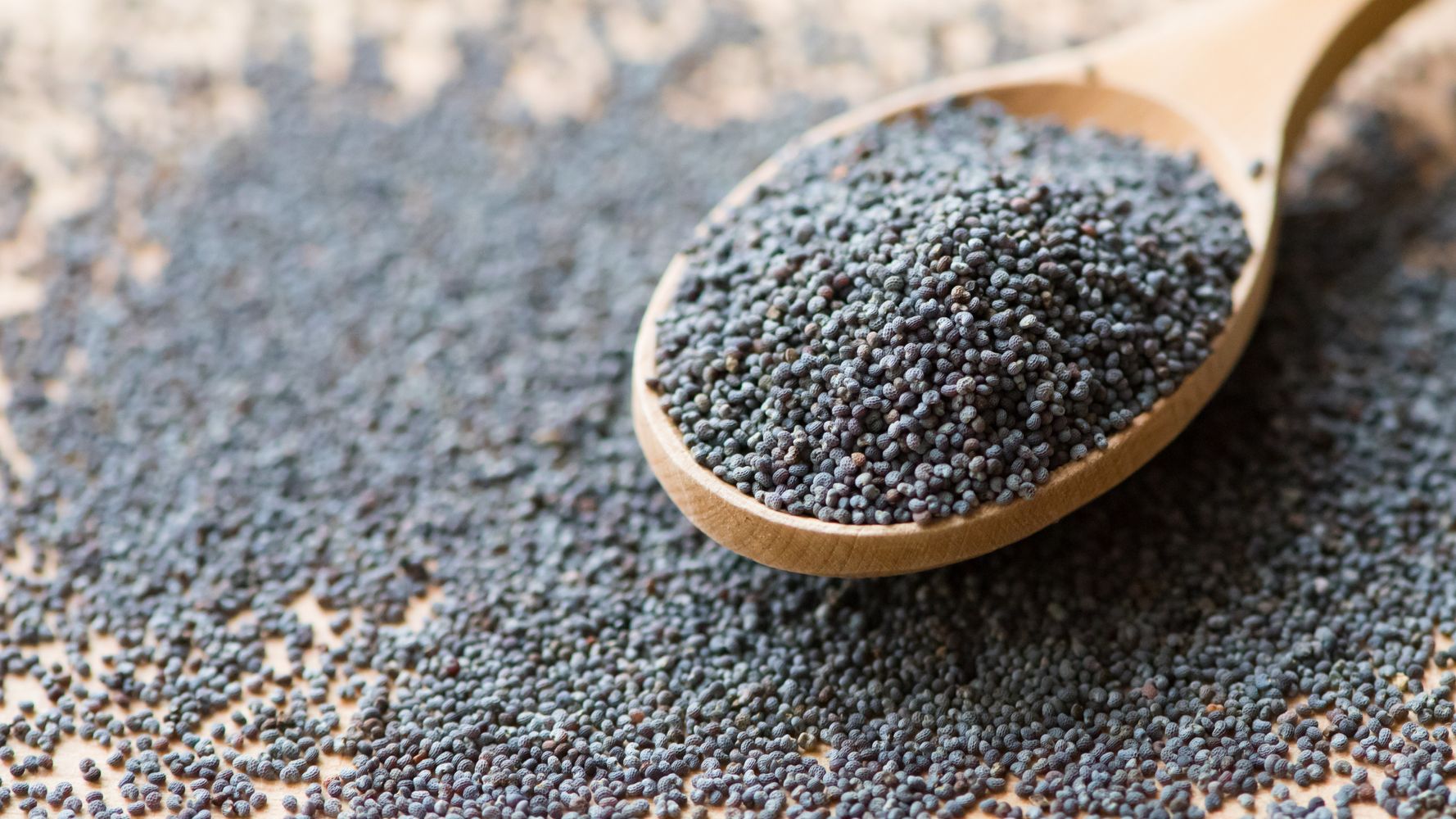

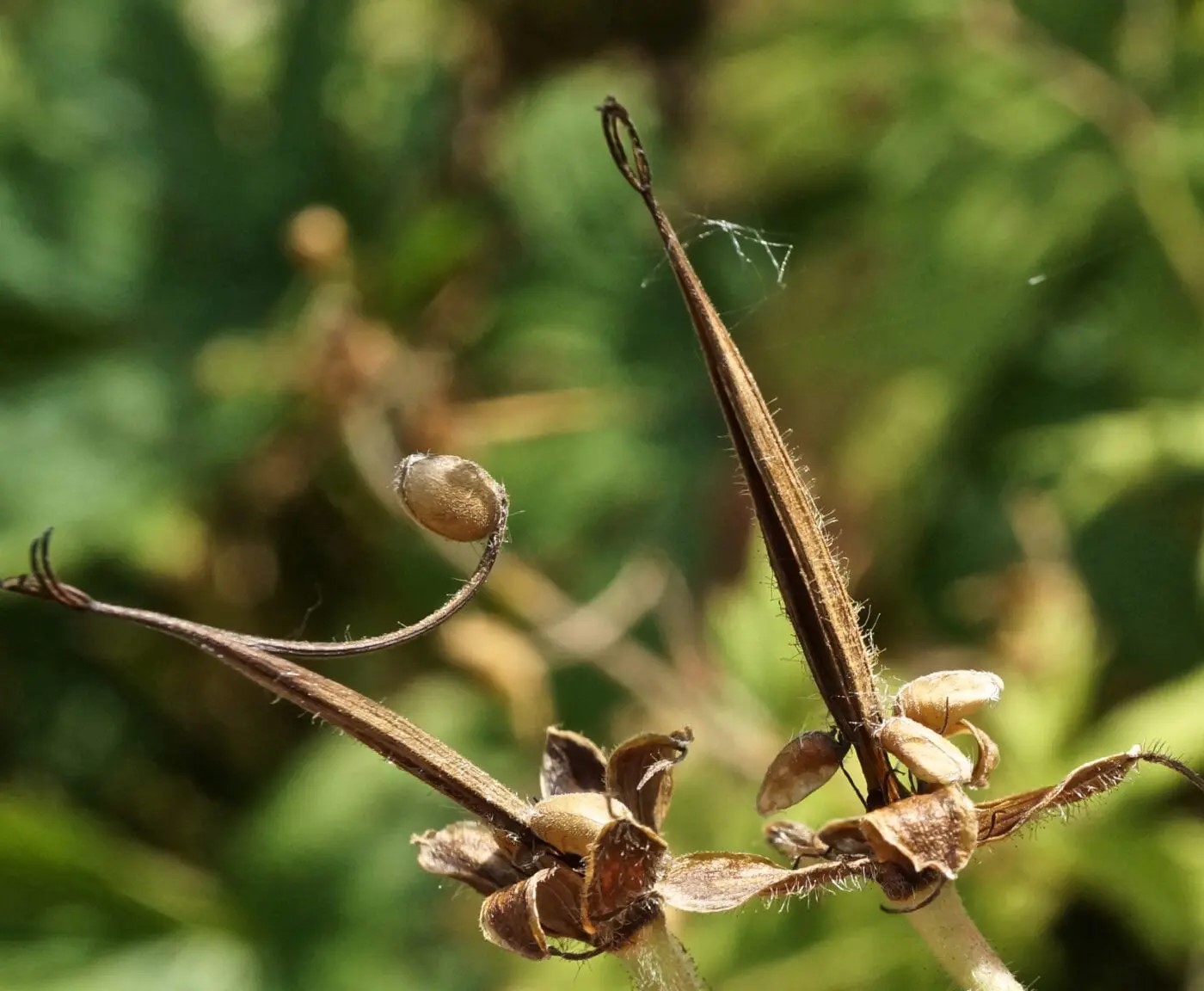
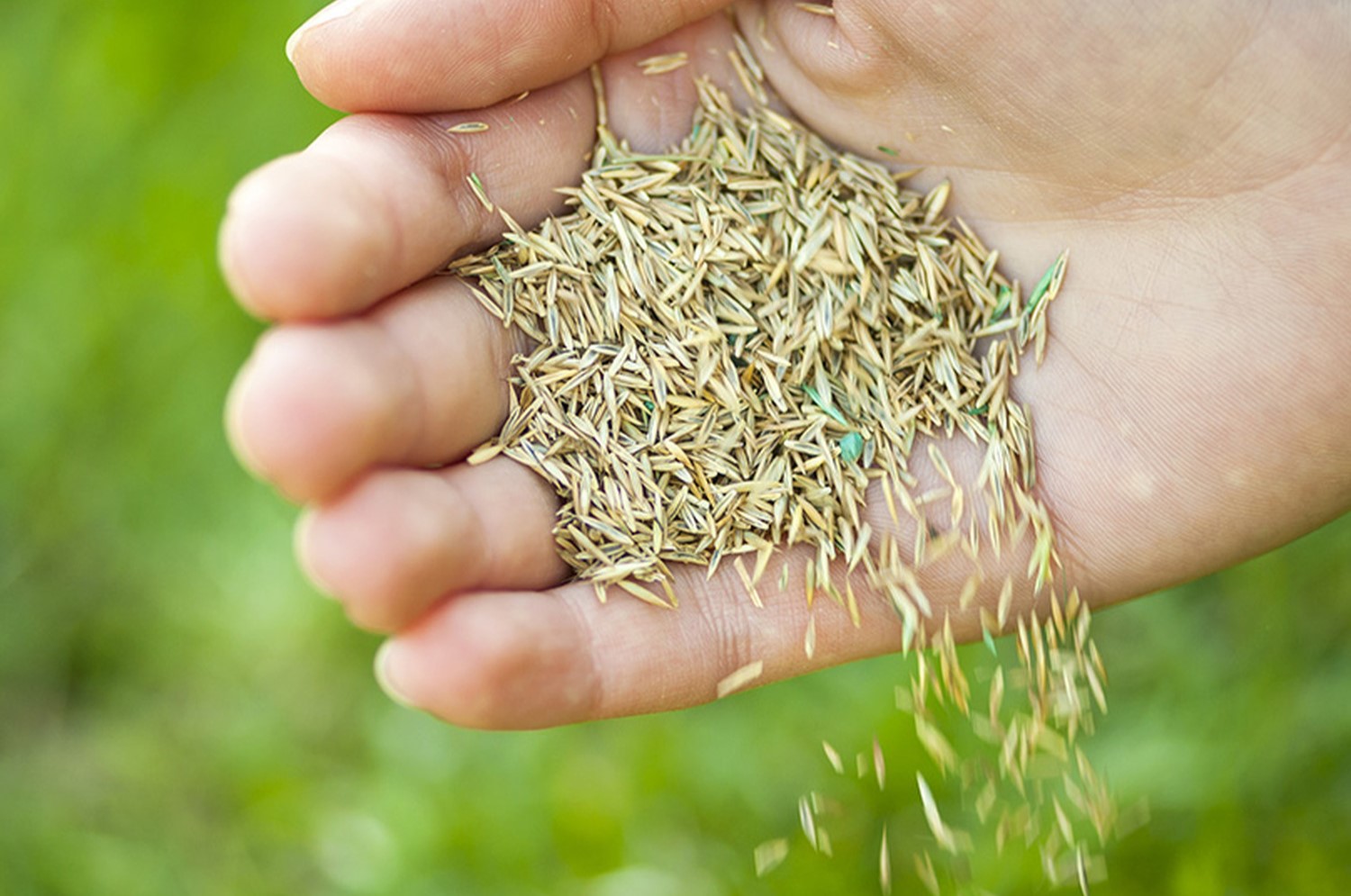
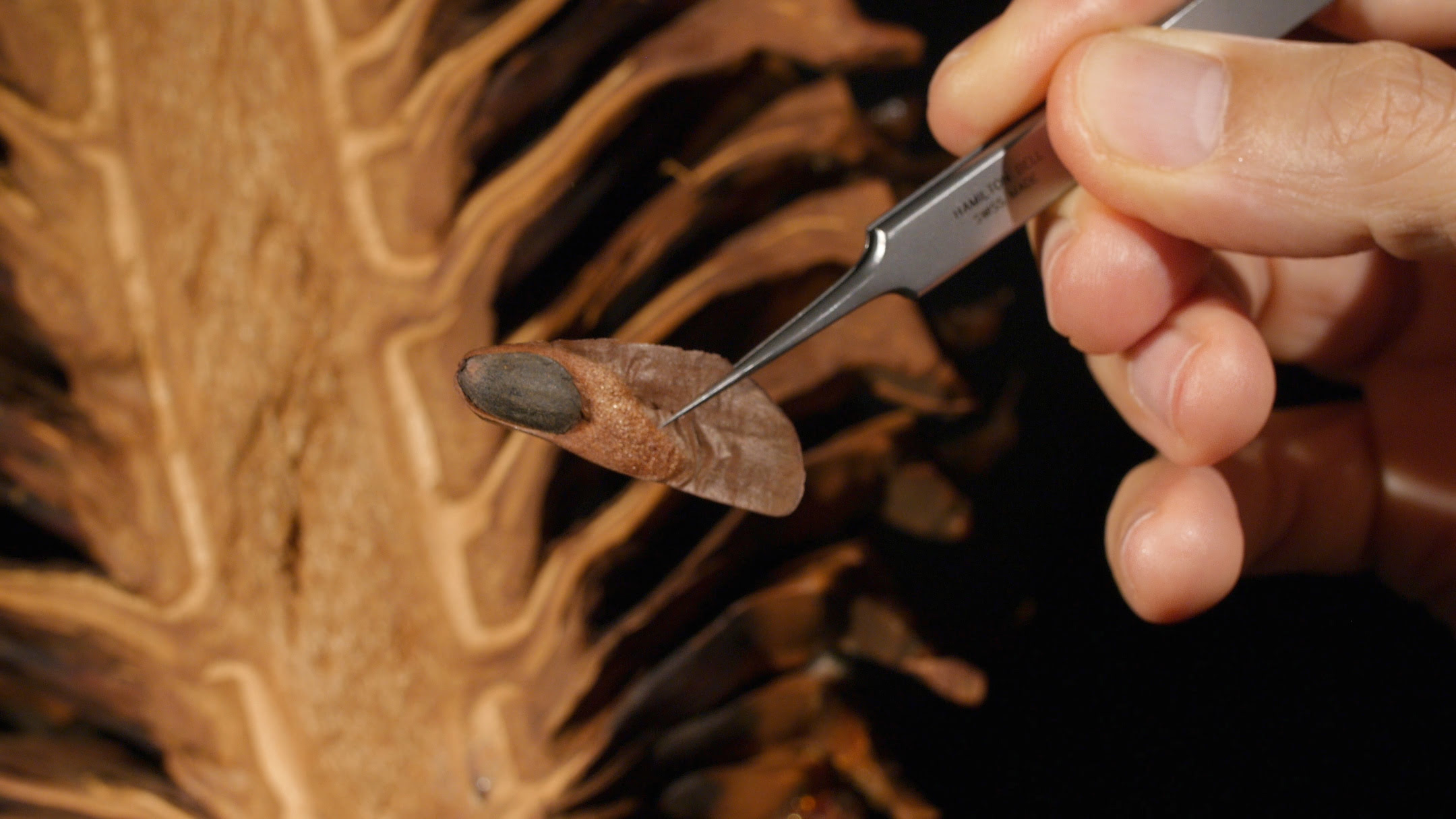
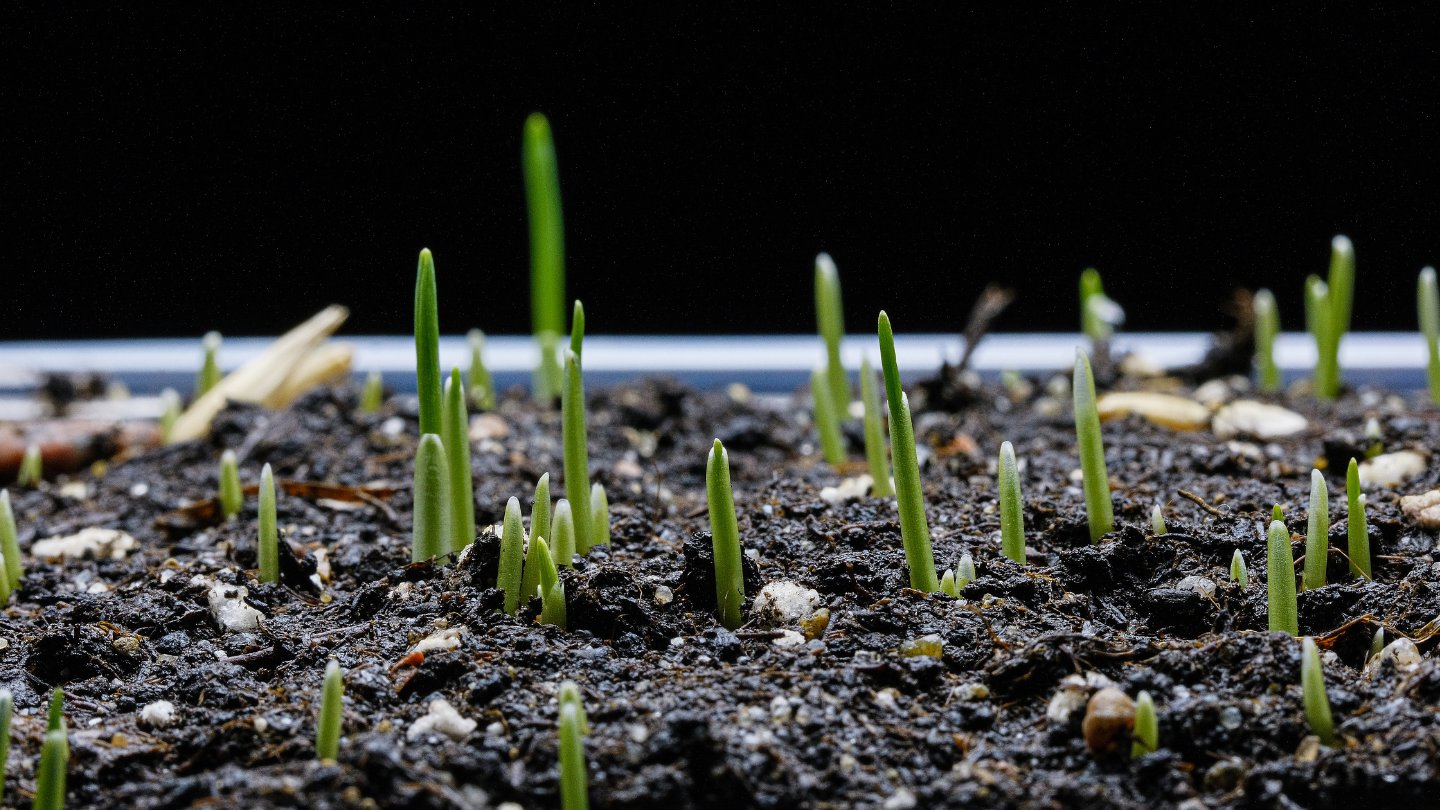
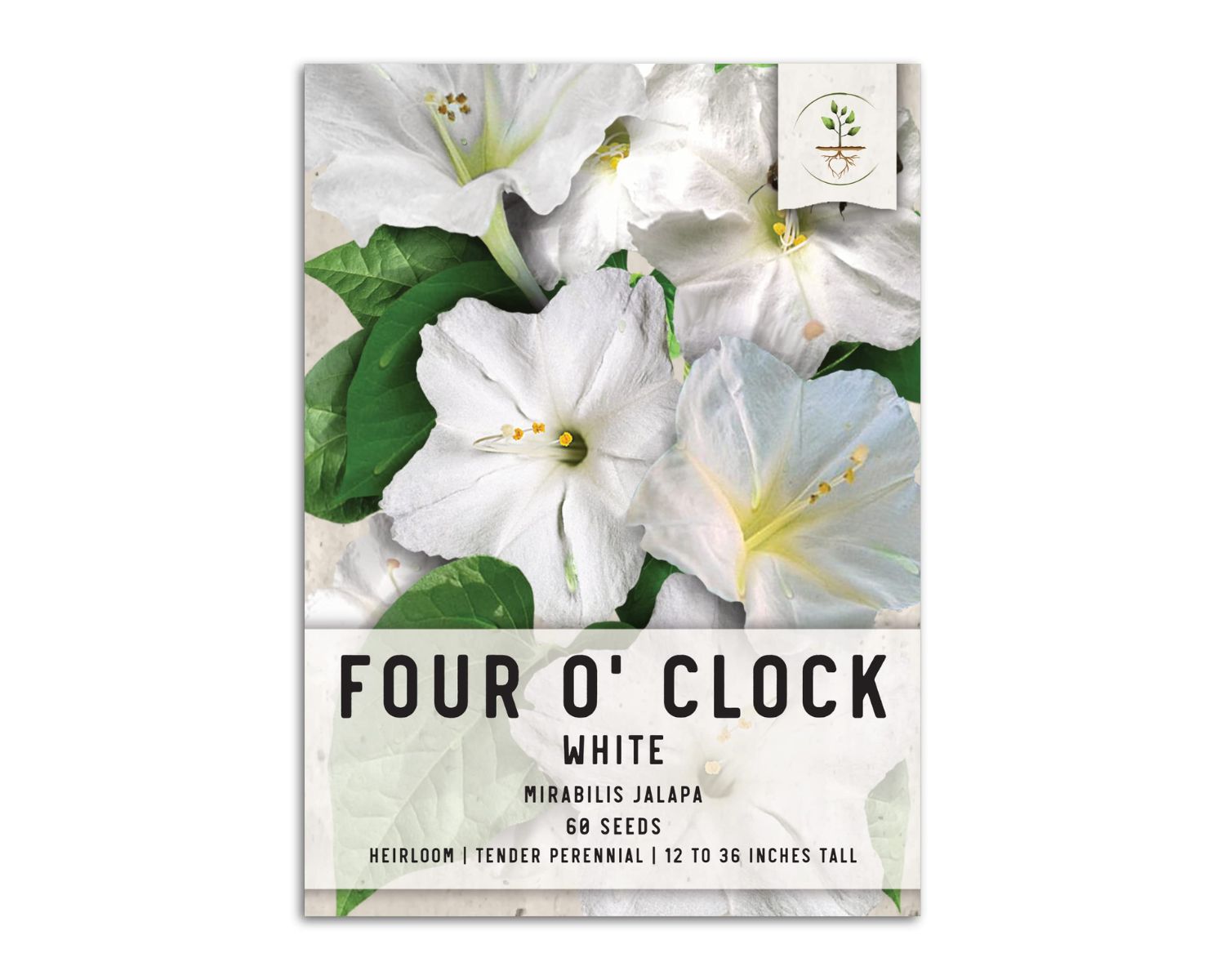

0 thoughts on “What Does Rose Of Sharon Seeds Look Like”